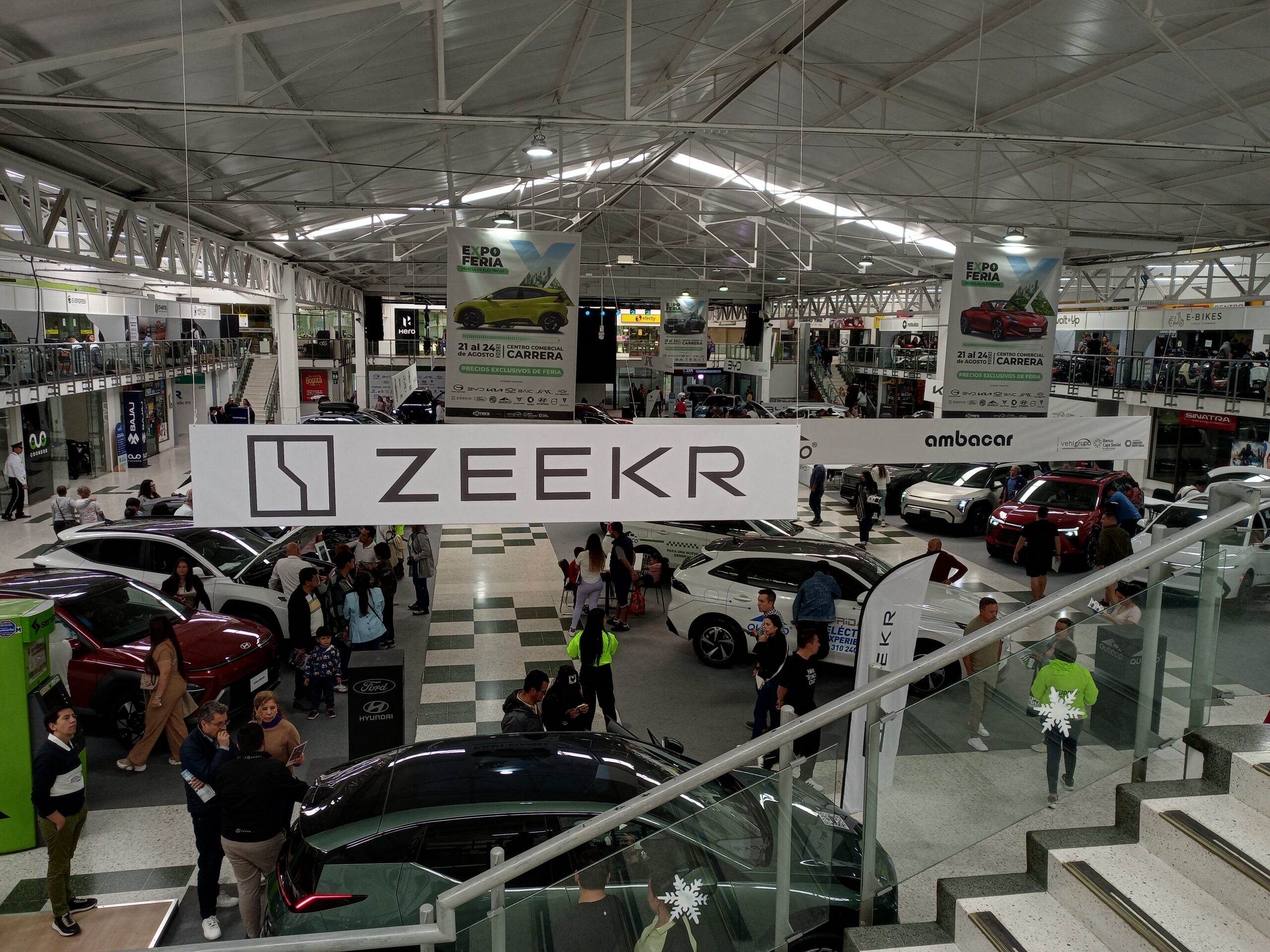Sign up for daily news updates from CleanTechnica on email. Or follow us on Google News!
Sticker shock is increasingly scaring off many buyers for new and used cars. A recent survey by Edmunds.com found that almost half of American car shoppers expect to pay $35,000 or less for a new car. The average trade-in today is six years old, which means it cost $35,000 or less when new. But when they want to replace it with the same or similar model, they find the price has increased to $50,000. That’s the point where many of them decide to walk away. The Edmunds survey found 73 percent of consumers are holding off on buying a new car because of the cost. “The prices are just shocking people,” says Jessica Caldwell, head of insights for Edmunds. “They’re like, ‘How come buying the same car costs $300 more a month?’”
Monthly payments on new car loans now average $767, up 17 percent from four years ago, according to Cox. About 18 percent of new car buyers this year will take on payments of more than $1,000 a month, Edmunds says. Blame it on ballooning sticker prices resulting from more technology, automakers’ quest for fatter profit margins, and rapidly increasing auto loan rates. The affordability crisis in America is disrupting a fundamental aspiration of American life — a new car in the driveway. But that status symbol is now largely available only to wealthy buyers, according to Bloomberg,
The Rich Are Doing Fine
The top fifth of American households, with an average annual income of $265,000, accounted for 55 percent of expenditures on new vehicles last year, up from 40 percent in 2020, according to research conducted for Bloomberg by consultant AlixPartners. Consumers with the lowest incomes, below $16,000 for 2023, have been shut out of the new-vehicle market entirely for the last two years, while those with incomes between $16,000 to $41,000 accounted for just 6 percent of new car sales in 2023. “The new car market has moved to a more affluent buyer,” says Mark Wakefield, at AlixPartners. “People are having to buy used vehicles, having to keep vehicles on the road longer.”
The average price of a new car this year is $48,205, up 21 percent from five years ago, according to Cox Automotive. Auto loan rates averaged 7.1 percent on new cars and 11.2 percent on used cars in September, 2024, up from 5.7 percent and 8.4 percent five years ago. The Federal Reserve cut interest rates by half a point on September 18, but it will take time to trickle down to auto loans and will probably only decrease the typical monthly payment by $20 or less. That’s forced buyers to get creative to keep monthly payments within reason. Nearly 20 percent of auto loans are now for a term of seven years. Five years was the norm just a few years ago, according to Edmunds.
The pandemic-era computer chip shortage that hobbled auto manufacturing, emptying dealer lots of inventory and inflating sticker prices, jump-started the price increase. Inflation has also pushed up the cost of critical automotive materials, such as steel. In addition, automakers have loaded cars with pricey new technology, including expansive dashboard touchscreens and an array of crash avoidance sensors and protection features, some of which are required by government regulators. “Hyperinflation has made these cars really, really expensive,” says Rhett Ricart, a dealer in Columbus, Ohio, who sells Ford, General Motors, Hyundai, and other brands. “And by increasing the technology content and the safety content on these vehicles, we’ve packed on a lot of expenses.”
Here’s the nub of the problem, according to Bloomberg. Automakers are not sufficiently motivated to solve the affordability crisis because they’re making more money selling fewer cars to richer buyers. Even though Americans are traveling by automobile more than ever, the market for new cars is shrinking. Cox predicts Americans will buy 15.7 million new cars and trucks this year, more than a million fewer vehicles annually than were sold before the pandemic, when US auto sales topped 17 million for five years through 2019. GM, Ford, and Stellantis had a combined net income of $34.7 billion last year, up more than 30% from 2022. “Every auto CFO went, ‘Oh, my God, this is fantastic,’” Wakefield says. “I’m going to sell what I make money on.”
Ford, GM, Stellantis, and others have abandoned money-losing small cars that were once the models that buyers on a budget could afford. In 2012, vehicles priced below $30,000 accounted for more than half the new car market by units, while models costing $50,000 and up were a scant 6% of US vehicle sales. Today, that’s flipped. Models above $50,000 account for 44% of new car sales while models that sell for less than $30,000 represent just 12.7% of sales, according to Cox.
Vehicles priced under $20,000 — the models young America once drove — have basically disappeared, accounting for a paltry 0.1% of the new-car market this year. Lower income buyers “have been abandoned to the used-car market,” says Charlie Chesbrough, a Cox senior economist. Even used cars are out of reach for some buyers, with average prices of $27,422 in September, up 32% from five years ago, with monthly payments averaging $549 last month, up from $416 in September 2019, according to Edmunds.
New Or Used? Repair Or Replace?
In the years following the pandemic, parts and production delays made it difficult for automakers to meet consumer demand, so they prioritized popular, higher profit models such as trucks and SUVs, many of them loaded with the latest and greatest in optional equipment packages. Inflation has slowed, and auto manufacturing is once again humming along at a steady clip. But more expensive prices for parts and labor, along with the fact that dealer lots are filled with cars packed with options that add thousands of dollars to the base price, have all increased the amount consumers pay for a new car. Pat Ryan, founder of CoPilot, an AI-powered car-buying app, says that new car prices are 30% higher than in March 2020 when the economic turmoil as a result of the Covid pandemic began. Here are some strategies that Consumer Reports says can help:
- Get pre-qualified. This is good advice during the best of times, but especially now, according to Credit Karma, an organization that helps car buyers get a credit score and keep track of their personal auto financing. Getting prequalified gives the buyer a advantage in a negotiating process that is skewed in the seller’s favor. Because you’re likely to be paying more than usual for a car, the best deals to be found are in financing.
- Cast a wider net. If you’re searching local dealerships, look outside your immediate area for more options. You can also shop for cars using a number of online search tools that typically allow you to specify the distance you’re willing to travel to make a deal.
- Leverage your existing car. Used car prices have eased over the past couple of years, but dealers are still hungry for used cars to sell to budget-minded shoppers who might not be able to afford new-car payments. That means that selling or trading in your old car can make a significant dent in the price of your new car.
- Look for incentives. Check dealership and manufacturer websites for local and national incentives such as cash back offers, low financing rates, and lease deals with low monthly payments. Chances are that if you look among less popular offerings, you may find attractive deals.
- Be flexible. You may want a red 3-row SUV with heated seats and built-in navigation, but if you’re willing to make concessions on color, equipment, and even model, you are more likely to get a car that fits your needs and your budget,
- Fix your old car. Even an expensive repair like an engine rebuild or a transmission replacement may be worthwhile if you can get a few more years out of an otherwise reliable car. If you’ve fallen behind on routine maintenance, get back on schedule, and stay on top of it so that your vehicle will last until the interest rates come down again.
- Refinance your old car. If you’re inclined to wait for more optimal buying conditions, refinancing your car loan can be a great way to save money if you’ve improved your credit score since you bought your car. Credit Karma has found that consumers can save an average of $3,000—about $55 per month—over the life of the loan by refinancing.
The Takeaway
It’s a tough time to be buying a new or used car. Automakers don’t build many entry-level cars, so sticker prices are rising into the stratosphere. High interest rates only add to the pain. The family car is a distant memory for many. And yet, the companies are protected from competition from Chinese-made cars that could cost substantially less than the average new car in the US. The companies get tariff protection and bailouts if they guess wrong. Most consumers get bupkes. There is little likelihood that situation will change any time soon.

Chip in a few dollars a month to help support independent cleantech coverage that helps to accelerate the cleantech revolution!
Have a tip for CleanTechnica? Want to advertise? Want to suggest a guest for our CleanTech Talk podcast? Contact us here.
Sign up for our daily newsletter for 15 new cleantech stories a day. Or sign up for our weekly one if daily is too frequent.
CleanTechnica uses affiliate links. See our policy here.
CleanTechnica’s Comment Policy




